How to cultivate and pay attention to the coral coral
Last Update :2024.11.09
Article Catalog
Soil: Use sandy soil with good drainage and calcium content. Planting method: Plant strong stem segments in pots, spray water to bond the soil surface, and expose them to the sun. Moisture: Do not water frequently and keep it dry. Fertilization: Avoid fertilizing. Lighting: Do not change the lighting conditions at will and keep the lighting relatively stable.
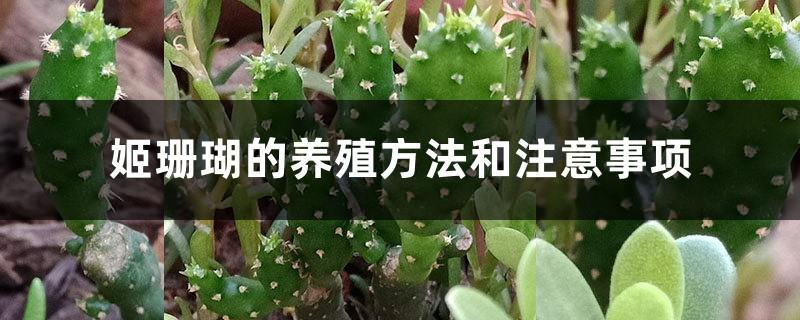
Cultivation methods of Picora
Soil requirements
When cultivating, the pot soil should be sandy soil with good drainage and air permeability and rich in calcium. It can be prepared with 3 parts of river sand, 2 parts of shells, 2 parts of cinders and 3 parts of humus soil (pond soil).
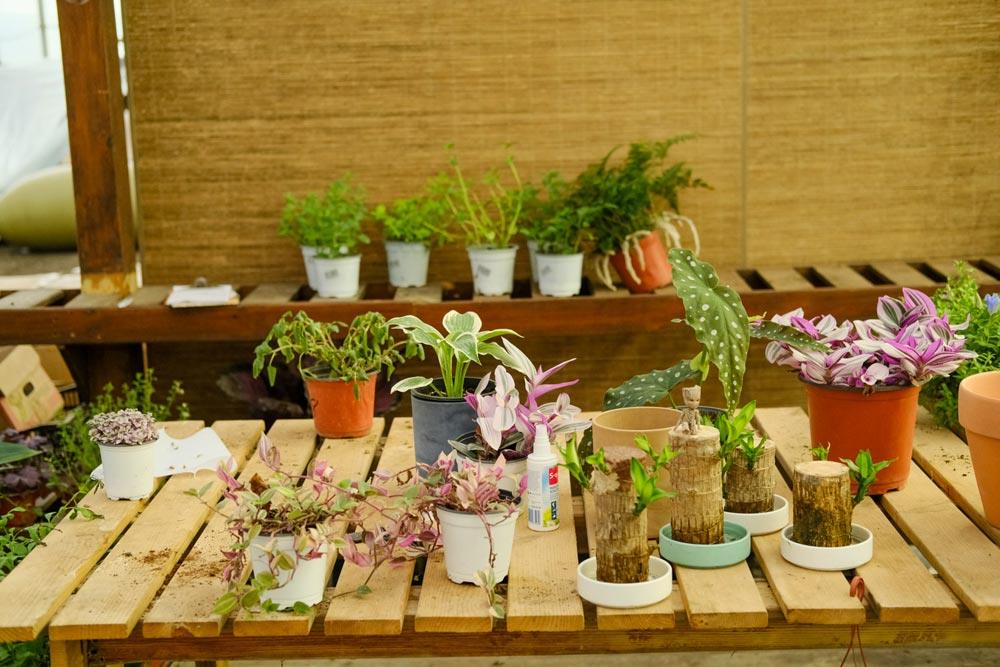
Planting methods
Prepare a relatively A large pot (a coarse mud pot is suitable), with good soil and a little humidity. Select some stronger stem segments (one section is enough) and plant them in a pot, then spray water on them to make the pot soil surface bond, and then expose them directly to the sun. Do not water frequently and keep the pot soil dry. After a while, small golden thorns will begin to grow on some stems, and the stems will begin to become slightly flattened, widened, and palm-shaped.
Do not water frequently as this will force the growth of palmate stems. If the new stems are always of high quality and moist from the beginning, then the new stems will not have a clapping shape, but will grow like the original plant. When the stems grow to about 2cm wide, they can be potted.
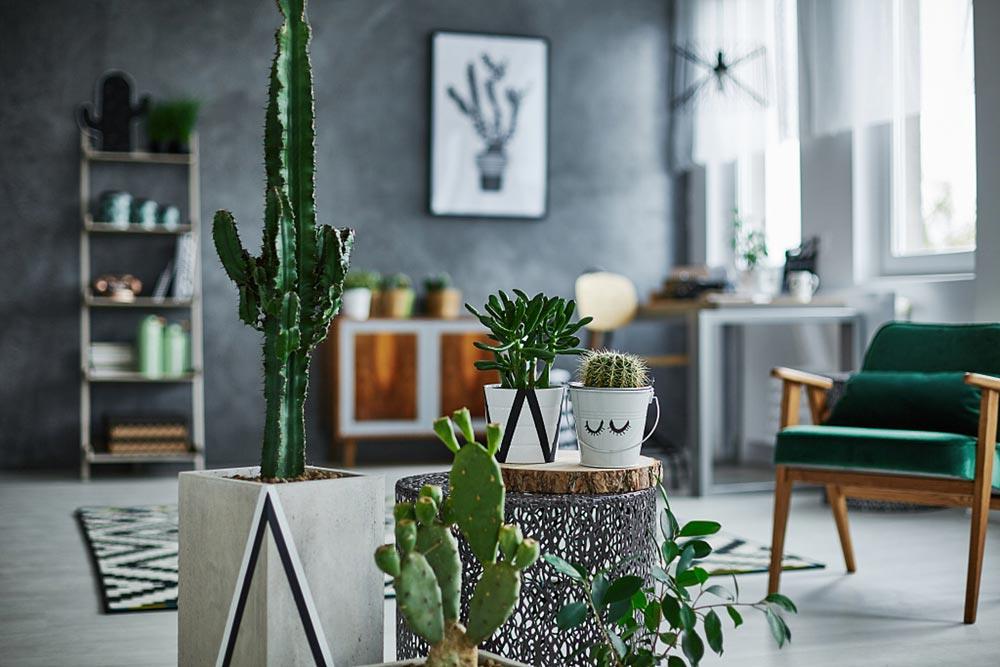
Fertilization method
Fertilization method Applying chemical fertilizers can easily lead to root rot, so it is better to apply less or no fertilizer. You can apply decomposed baking liquid twice every half a month in spring and late summer and early autumn. The potting soil should be dry and not wet. If it is too wet for a long time, it will cause the lower part of the plant to rot, which will soon extend to the entire plant.
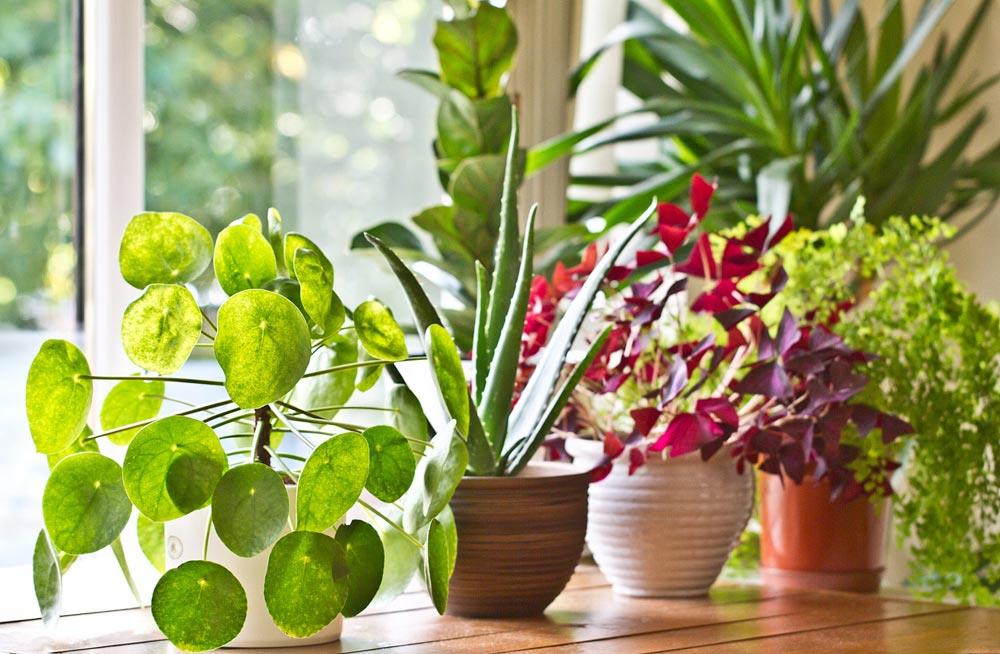
Light requirements
Long-term coral coral If placed indoors with insufficient light, leggy growth will occur. The new stems will be light green and become very slender, and the whole plant will have a different flavor. But if it is moved outdoors later, the new stems will become thicker again, which will seriously affect the shape of the entire plant. Therefore, do not change the lighting conditions of the coral at will, and keep the lighting relatively stable.
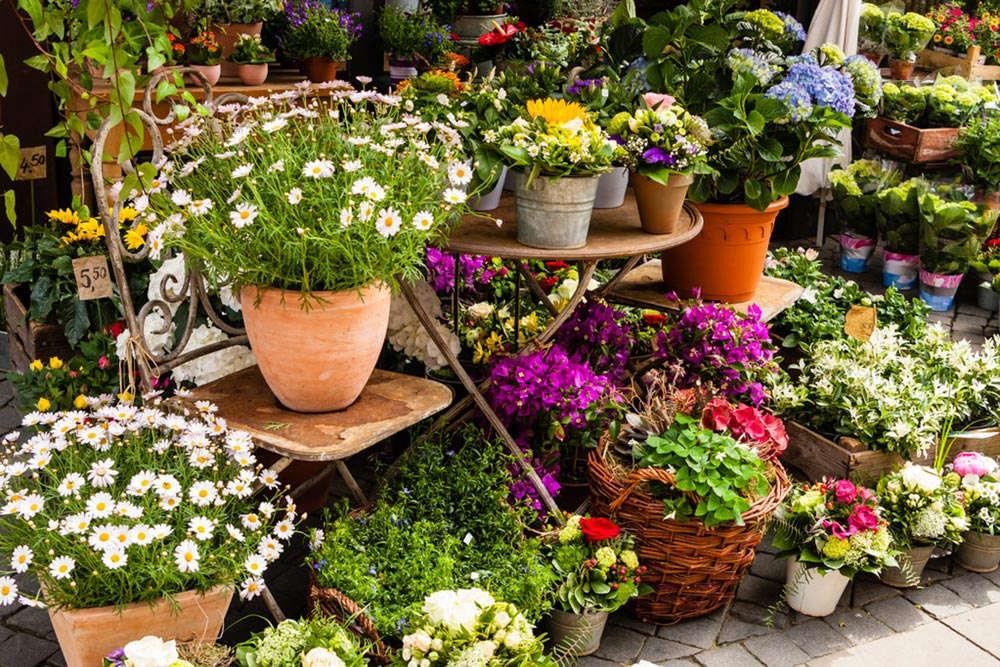
Precautions for coral cultivation
Repot once a year
In the second year after transplantation, repot the soil once before the spring growth period, and the management remains the same. When it reaches the vigorous growth period, it will grow completely palm-shaped stems, but at this time the stems are not very big and the plant is not high. If you want to get larger stems, you have to break off some excess stem buds and let them stand alone. In the spring of the third year, change to a larger pot. If managed properly, the largest stems will grow during the vigorous growth period.
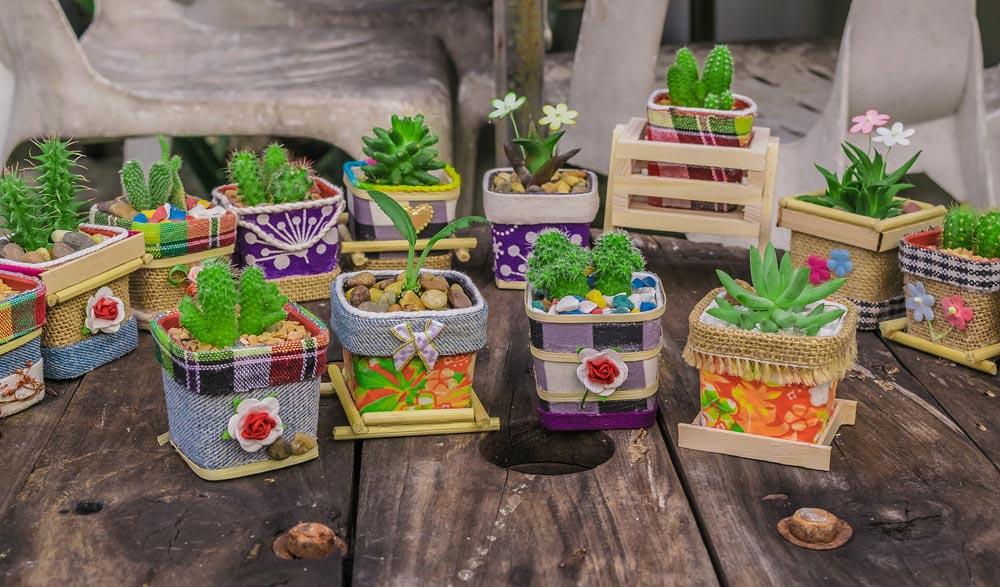
Avoid rot
After fully formed For palm-shaped plants, you must be extra careful in watering and fertilizing. Once they rot, it will be a big loss of several years of hard work. The main thing to pay attention to is the following points: 1. Avoid applying thick fertilizer. 2. It’s better to be dry than wet. 3. Keep the sun sufficient.
- END -
What does the kapok tree symbolize and when does it bloom?

The kapok tree symbolizes heroes and is also called the hero tree. When the flower...
The Difference Between Hemerocallis and Lilies

The roots are different: Hemerocallis is a perennial flower, with short rhizome an...